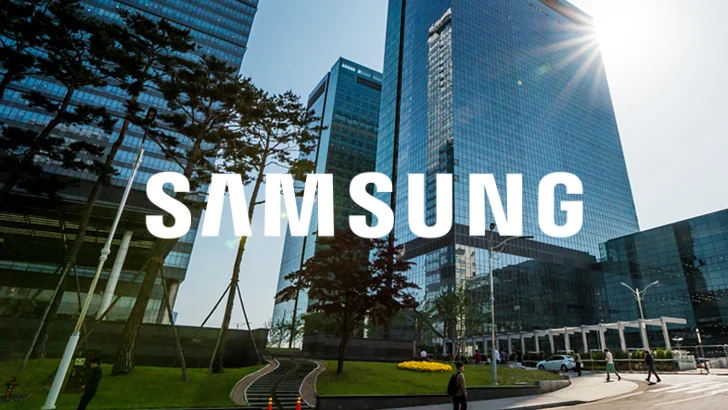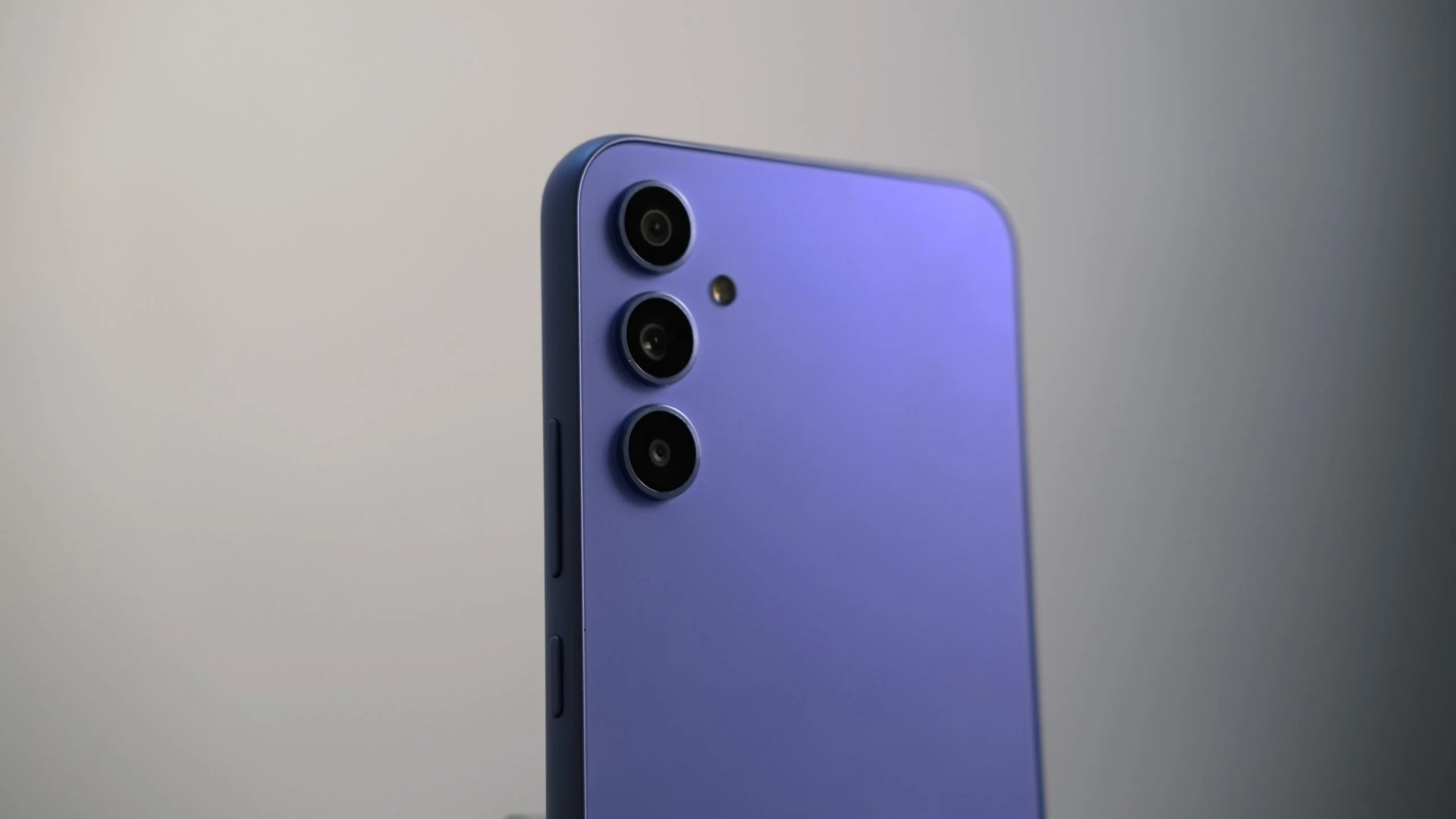Samsung, SK Hynix to Benefit from US CHIPS and Science Act Guardrails, Despite China Restrictions

According to industry officials and experts, Samsung Electronics and SK Hynix appear to feel assured over the US CHIPS and Science Act’s safeguards, as the regulation, which aims to restrict China’s chip development technology, limits the expansion of advanced semiconductor production capacity to no more than 5 percent in China. The Act comprises a guardrail clause to prevent the subsidies’ benefits from moving to China, but it also offers a total of $39 billion in subsidies for semiconductor manufacture and incentivizes chip manufacturers to produce chips in the US. It is essential to note that SK Hynix has facilities in Wuxi and Dalian, and Samsung Electronics has semiconductor manufacturing in Xi’an and Suzhou in China.
China is an important region for both of them, as they generate nearly half of their worldwide DRAM chips and around 40% of their NAND flash in particular. These efforts to ease the limits on manufacturing growth should grow further as the worst-case scenario of Korean chipmakers being unable to conduct their business in China has been avoided, which was agreed upon by the experts and authorities. The Korean government and local chip makers have pushed for the growth of advanced semiconductor output to be doubled from 5% ever since the drought was announced in March of last year.
Further, they lobbied for a more lenient norm for legacy chips, which are made using outdated equipment. These demands haven’t been complied with, though. Since manufacturing quantities vary depending on market conditions, the guardrails altered the definition of chip production capacity from the number of wafers per month to the number of wafers per year as per the March draft. The final guardrails of the Act were announced by the U.S. Department of Commerce on September 22. Through this, chip companies that receive subsidies in the U.S. are prohibited from increasing production by more than 5% for cutting-edge chips and 10% for older technology in foreign nations, including China.
Companies that produce chips must repay any Washington-provided subsidies if they increase output above what is allowed in China. The March draft was mostly followed by the guardrails announced on September 22. Kim Dae-jong, a professor of business administration at Sejong University, claimed that Korean businesses and the government benefited from the guardrails.
Kim states that it is a fortuitous decision that Samsung and SK will be able to increase the production of advanced semiconductors in their Chinese facilities by 5 percent. Among the total exports of Korea, semiconductors account for 20 percent, and 60 percent of chip exports go to China and Hong Kong. Neither the government nor the domestic companies can afford to abandon the Chinese market, and the announcement means that trade with China can at least be maintained.”



